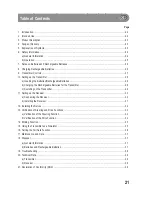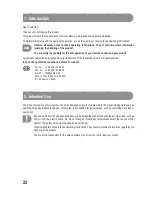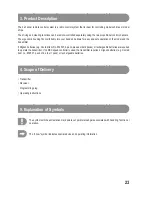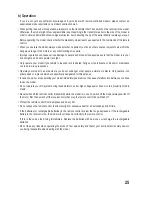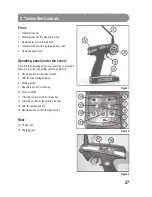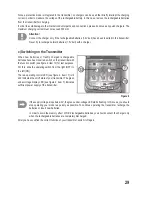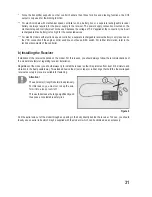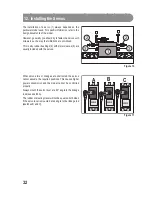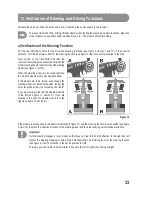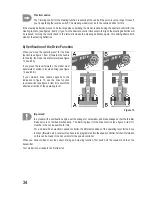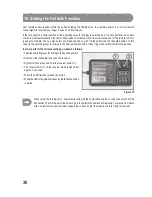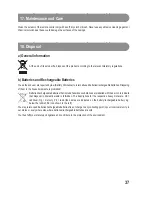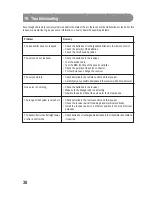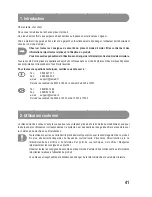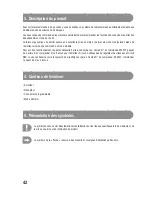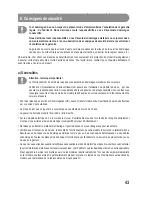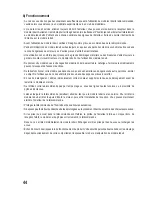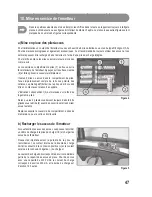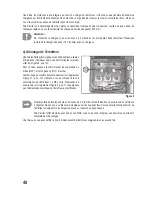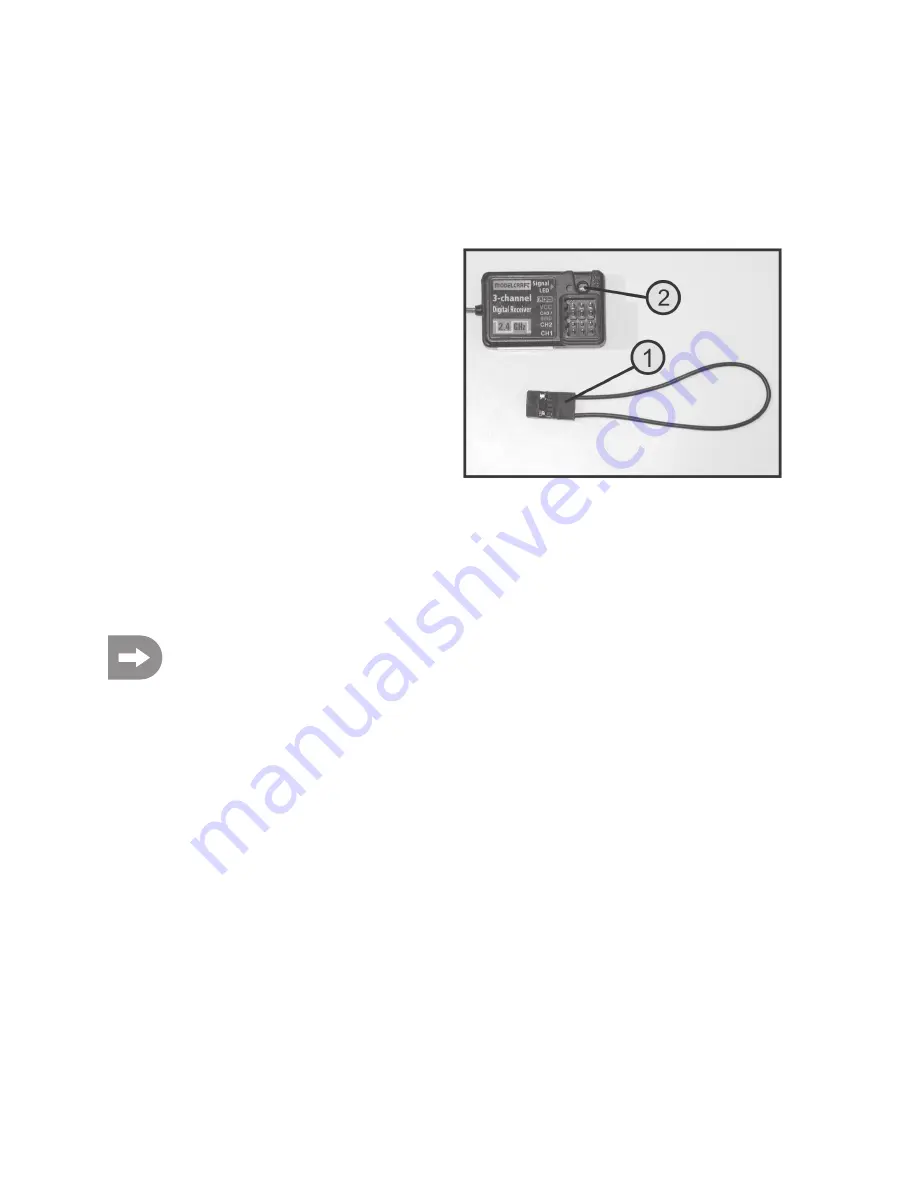
35
14. Binding Function
To enable transmitter and receiver to work together, they must be bound by the same digital code. In the delivery state,
transmitter and receiver are aligned with each other and can be used at once. The binding settings must be renewed
mainly after a replacement of the transmitter or receiver or to remove any interferences.
To perform the binding procedure, proceed as follows:
• Switch off the transmitter.
• Disconnect any connected servos from the receiver.
• Connect the programming plug (1) to the CH3/BIND output
of the receiver.
• Switch on the receiver. The receiver LED (2) starts to flash.
• Press the binding button at the transmitter (see figure 2,
item 8) and keep the button pressed.
• Switch on the transmitter while the button is pressed. The
LED for the under-voltage display flashes.
• When the LED in the receiver (2) stays lit permanently,
the binding procedure is completed.
• Release the binding button at the transmitter.
• Switch off the receiver and transmitter and remove the programming plug.
• Re-connect the servos/controls to the receiver.
• Verify the system functions and perform a range check.
If the system does not work properly, repeat the procedure.
15. Using the Transmitter as a Simulator
If required, you can also use the transmitter for simulations. In this case, you will require the optional USB cable and
suitable computer software.
The USB cable is connected to the rear of the transmitter, using the PC link socket (see figure 3, item 15). If connected
and installed correctly, the remote control is recognised as human interface device and can be used like a common
joystick.
For all further information on this, see the documents for the USB cable.
Figure 14

